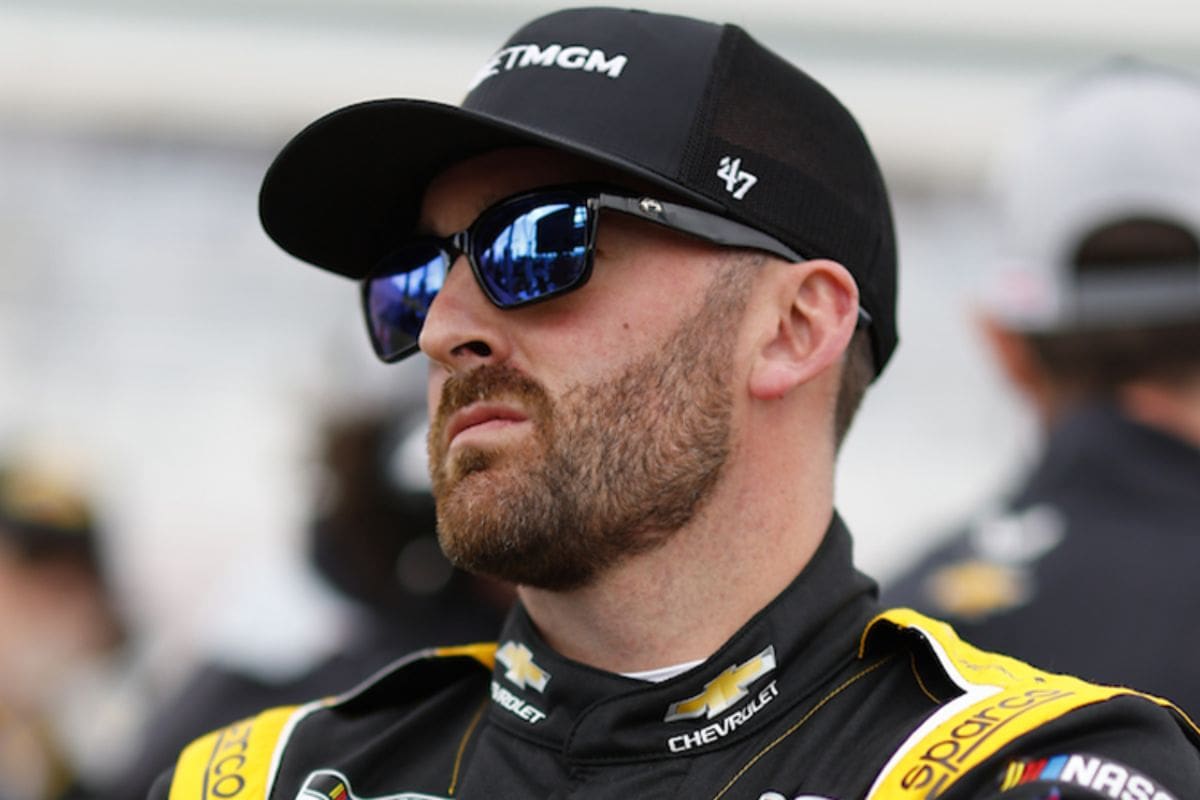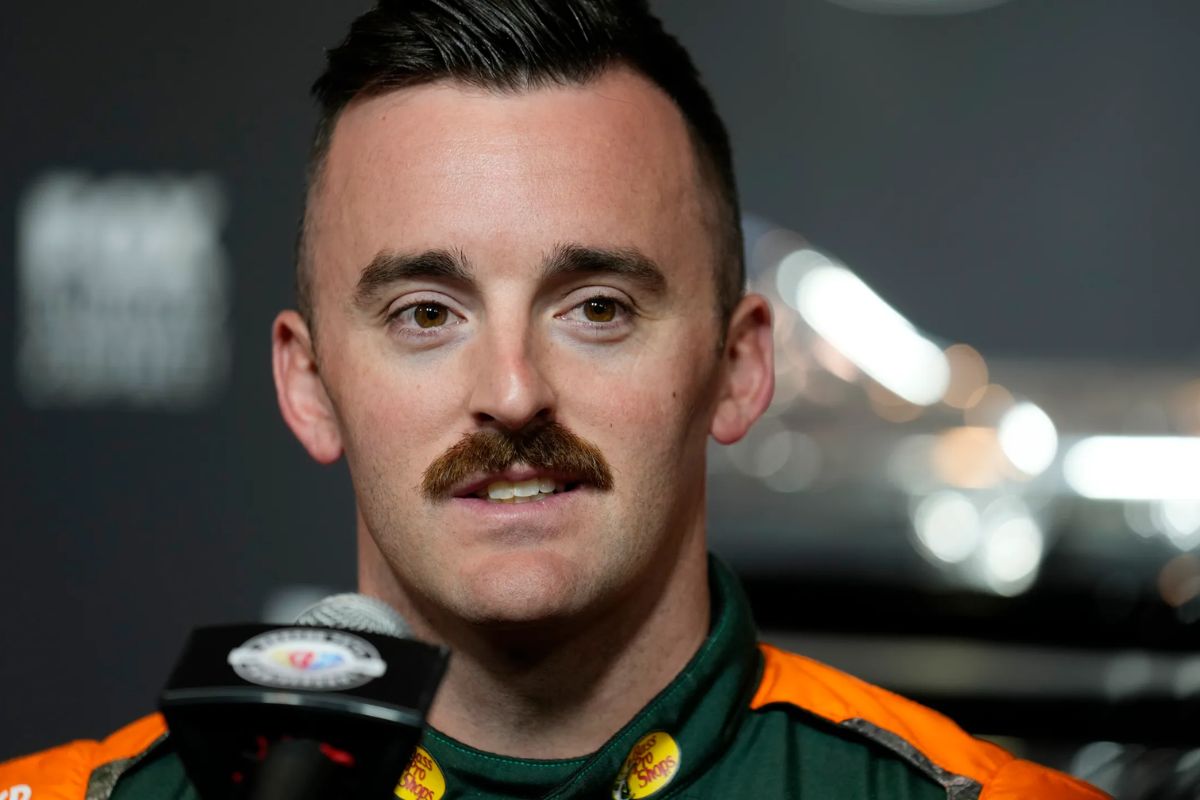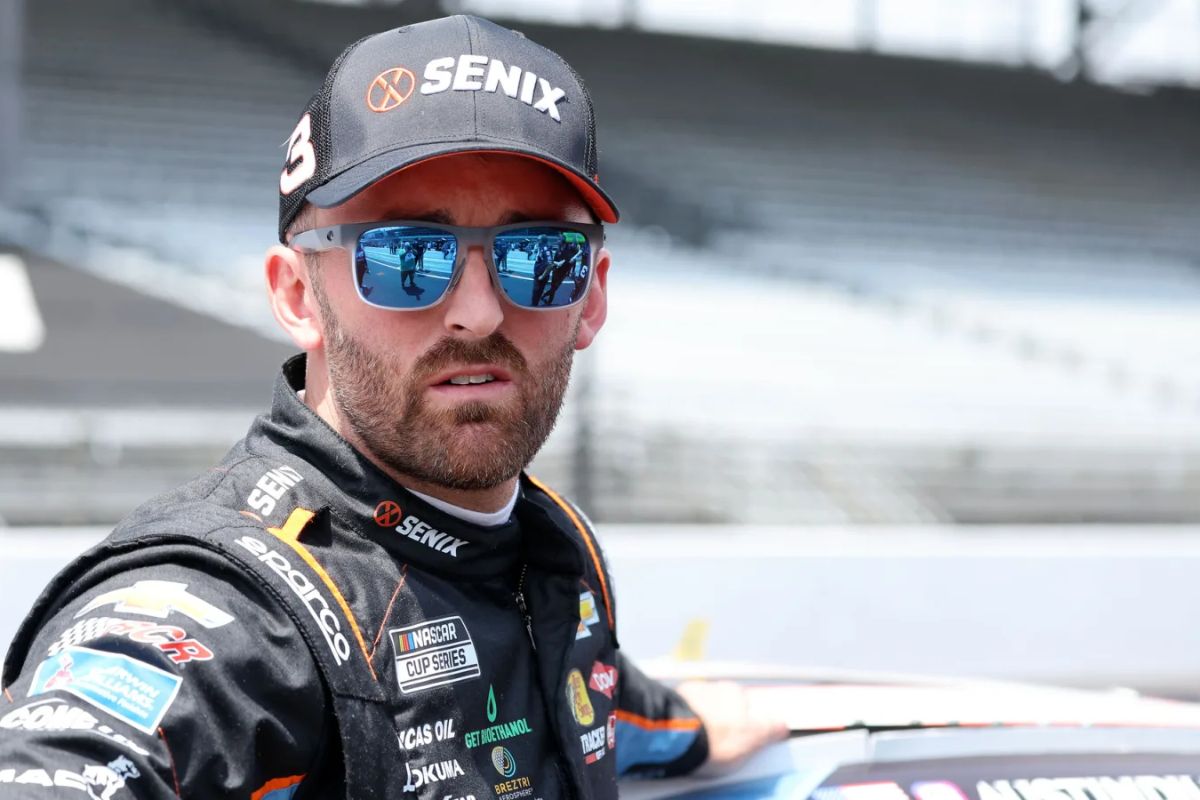Austin Dillon Open to Replacement Talks: Austin Dillon’s openness to discussions about potential replacements highlights a critical moment in Richard Childress Racing’s succession strategy. As performance metrics come under scrutiny and the demand for new talent intensifies, Dillon’s willingness to entertain these conversations raises questions about the broader implications for RCR’s legacy and competitiveness. His approach reflects a strategic mindset and suggests a potential reshaping of roles within the organization.
Key Highlights
- Austin Dillon is committed to Richard Childress Racing (RCR) but acknowledges ongoing discussions about potential replacements in the team structure.
- His five-year plan includes adapting roles, indicating openness to stepping back from driving for managerial responsibilities.
- Dillon’s involvement in succession planning emphasizes maintaining RCR’s competitive edge while honoring its legacy.
- The current team dynamics are influenced by drivers like Dillon and the need for emerging talent.
- Ongoing performance considerations at RCR fuel debates about Dillon’s future and the direction of the team.
Austin Dillon’s Controversial Incident
The recent incident involving Austin Dillon raised significant controversy in the NASCAR community, drawing attention to the complexities of competitive racing and sportsmanship. During the Richmond race, Dillon executed a controversial action that resulted in significant repercussions for his competitors and the integrity of the sport.
Charging from a considerable distance—approximately four to five car lengths—Dillon collided with the car of Joey Logano, who was leading the race at the time. This aggressive action sent Logano into the outside wall and sparked widespread backlash from fans who were dismayed by the apparent disregard for racing ethics.
Moreover, Dillon’s actions adversely affected Denny Hamlin’s performance, further intensifying the dissatisfaction among the racing community. The implications of this incident extend beyond the immediate consequences of a single race; they raise critical questions about competitive integrity and the acceptable limits of aggressive driving.
The NASCAR circuit thrives on the tension between strategy and aggression, yet Dillon’s approach was perceived as crossing a line that many believe should remain sacred in the sport.
As debates about Dillon’s tactics unfold, the discussion inevitably turns to the broader implications for his career and his standing within Richard Childress Racing (RCR). This incident may catalyze a reevaluation of Dillon’s role in the team and the potential for future replacements, marking a crucial moment in his professional trajectory and the ongoing narrative of NASCAR racing dynamics.

Post-Race Reactions
Emotions ran high in the aftermath of the Richmond race, highlighting the intense rivalry and passion that characterize NASCAR. The aftermath was marked by Joey Logano‘s fiery post-race interview, where he expressed his frustrations with the on-track incident that had transpired. Logano’s vehement remarks ignited discussions about the race and the implications for Austin Dillon‘s future with Richard Childress Racing (RCR).
While Dillon is contracted for two more years, the wreck has stirred significant unrest among fans and analysts. Supporters of Dillon celebrate his victory; however, a vocal segment of the fanbase is demanding RCR to evaluate alternative drivers.
The discourse surrounding Dillon has permeated numerous platforms, including Dale Earnhardt Jr.’s podcast, where Dillon articulated his views on RCR’s trajectory. His willingness to engage in discussions about the team’s future highlights the risky nature of his position.
“I’m thankful you said that, because it means a lot, and I care about our business as much as anybody … I’ve had a lot of fun being the GM of our Carolina Cowboys, and I’ve learned a lot through our PBR team about people, contracts, and what all it really takes to run a business.” – (dillon)
While some fans may see his win as a vindication, others perceive it as a fleeting success amidst a backdrop of inconsistent performances.
Austin Dillon’s Commitment to RCR
While Austin Dillon‘s connection to Richard Childress Racing (RCR) is undeniably rooted in family ties, his commitment extends beyond mere lineage to a genuine investment in the team’s future. As the grandson of team owner Richard Childress, Dillon recognizes the distinctive position he holds within the organization and the responsibilities that accompany it. His ambitions are not limited to driving; he is acutely aware of the managerial dynamics that shape the team’s success.
Dillon’s active interest in the strategic direction of RCR is evident, particularly in view of conversations with industry figures like Dale Earnhardt Jr. The dialogue around Dillon positioning himself for an executive role highlights a vital intersection of legacy and leadership. Earnhardt Jr.’s remarks suggest a growing consensus that Dillon’s racing background distinctly qualifies him to contribute to RCR’s future, both on and off the track.
Moreover, Dillon’s long-term vision reflects a commitment to fostering a sustainable environment within RCR, ensuring that the team’s legacy continues for future generations. His involvement in discussions regarding succession and strategic planning indicates a readiness to accept a multifaceted role within the organization.
“So, five-year plan, we’ll see what’s going on in year two of my contract. If I’m best suited as getting out of the car and putting somebody else in it, I definitely would love to be a part of that conversation with my grandfather and Mike Verlander. I’d love to help run it alongside him, my dad, and my grandfather in whatever capacity it is.” – (dillon)

Dillon’s Five-Year Plan
Austin Dillon’s five-year plan reflects a thoughtful and strategic approach to his dual role within Richard Childress Racing (RCR). Acknowledging the complexities of team dynamics, Dillon emphasizes his commitment to the organization, revealing a willingness to adapt his position for the betterment of RCR. His experience as the general manager of the Carolina Cowboys and insights gained from the Professional Bull Riders (PBR) team have equipped him with invaluable skills in business operations and contract negotiations.
In discussing his future, Dillon signals his openness to stepping back from driving duties if it serves the team’s interests. He expresses a desire to remain involved in a management capacity, working alongside his grandfather, Richard Childress, and father, Mike Dillon. This multi-faceted perspective highlights Dillon’s loyalty to the family legacy and his ambition to guarantee RCR’s continued success.
| Year | Focus Area | Goals | Skills Utilized | Potential Outcomes |
|---|---|---|---|---|
| 1 | Driving Performance | Improve race results | Racing expertise | Strengthened competitive edge |
| 2 | Team Dynamics | Evaluate role and succession opportunities | Leadership and communication | Smooth change planning |
| 3 | Business Operations | Expand management skills | Business insight | Improved operational efficiency |
| 4 | Legacy Planning | Collaborate on RCR’s strategic direction | Strategic thinking | Sustained family legacy |
| 5 | Personal Growth | Assess long-term career trajectory | Self-reflection | Clarity in future ambitions |

Dillon’s Connection to Dale Sr
Although the legacy of Dale Earnhardt Sr. looms large over the No. 3 car, Austin Dillon has carved out his identity within the sport. The strain of racing under such a storied banner is immense, and Dillon’s resolve to succeed is noticeable.
However, he has made it clear that while the comparisons to Earnhardt Sr. are frequent, they do not resonate with him. During a post-race conference, Dillon explicitly stated that the thought of driving the car made famous by Dale Sr. had never crossed his mind, emphasizing that his racing style is fundamentally different.
Dillon acknowledges the challenges that come with public perception; he has faced criticism and even disdain from fans who may be reluctant to accept him as a worthy successor. He straightforwardly reflected on these reactions, noting that many fans booed him during his tenure. In a moment of introspection, Dillon pointed to his teammate Kyle Busch, recognizing similarities to Earnhardt Sr. but distancing himself from that comparison.
Dillon’s assertion, “I am not that, I’m Austin Dillon and I am just going to try hard,” represents his resolve to forge his path. His recent victory, his initial in two years, adds to the narrative, fueling ongoing debates about his playoff eligibility.
News in Brief: Austin Dillon Open to Replacement Talks
The evolving landscape of Richard Childress Racing necessitates strategic planning for sustained competitiveness. Austin Dillon’s openness to discussions regarding potential replacements reflects an understanding of the need for fresh talent and adaptability within the organization.
This proactive approach honors the legacy of the team and positions RCR for future success. By embracing change while remaining connected to its historical roots, RCR can handle the challenges of the racing industry effectively.
ALSO READ: Austin Dillon’s Playoff Spot at Risk: Insider Explains Richmond Win Situation


